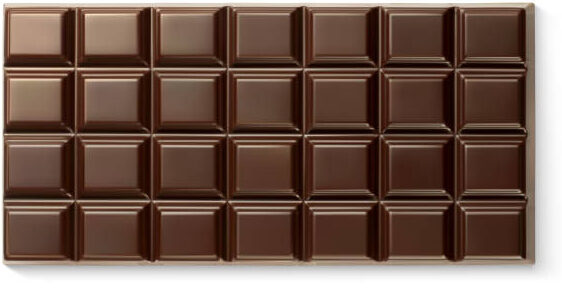The Chocolate Lab is a STEM program designed to help children ages 7-11 develop a foundational understanding of the chemistry behind one of their very favorite foods—chocolate. Through sensory-rich activities, they will strengthen general STEM concepts, such as critical thinking, analysis, comparison, and forming hypotheses, as well as chemistry-specific concepts like melting, solidification, and density. By participating in a program around a subject about which they feel passionate, the participants will be enthusiastic, open-minded, and really to absorb the fun facts that make chocolate amazing.

